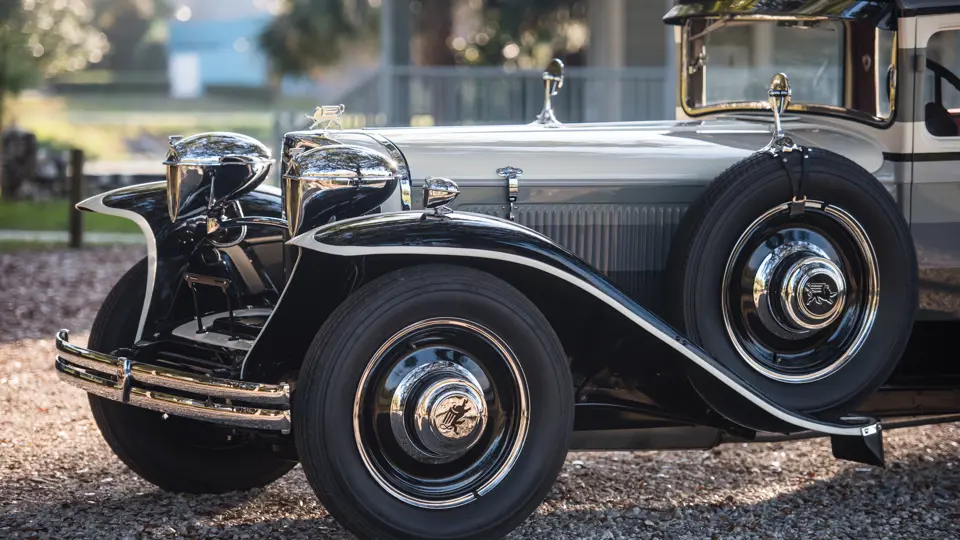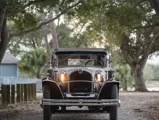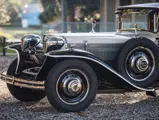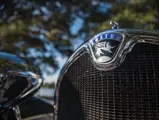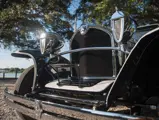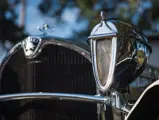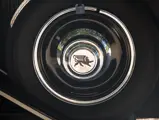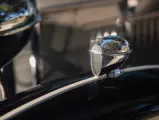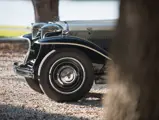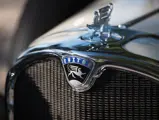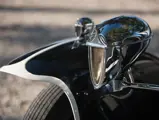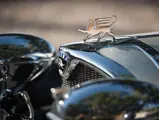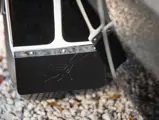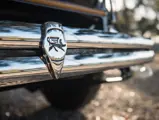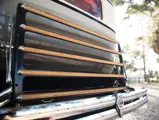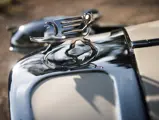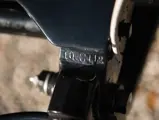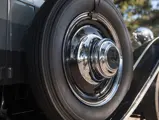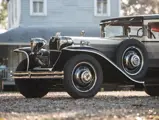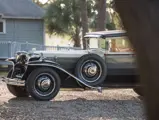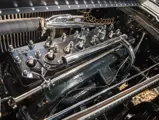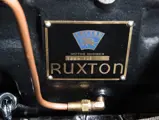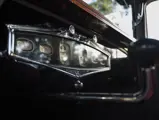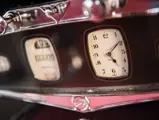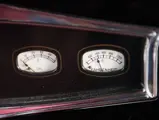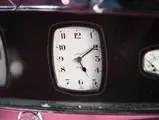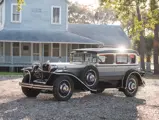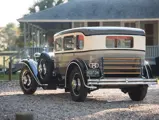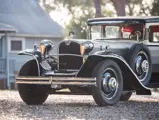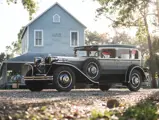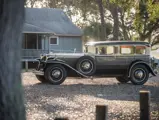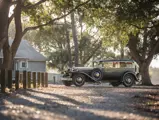
1932 Ruxton Model C Sedan by Budd
{{lr.item.text}}
$357,500 USD | Sold
{{bidding.lot.reserveStatusFormatted}}
- One of 19 surviving Ruxton automobiles
- One of five currently finished in the famous Joseph Urban “rainbow” paint scheme
- Known ownership, including 60 years in the family of a marque expert
- Comprehensive photo-documented restoration completed in 2014
- Multiple award winner, exhibited at Pebble Beach and Amelia Island
- Accompanied by HVA papers
- An exquisitely restored and very rare CCCA Full Classic
100 bhp, 269 cu. in. Continental L-head inline eight-cylinder engine with Zenith dual-throat updraft carburetor, three-speed manual transmission, de Dion front suspension with leaf springs, live-axle rear suspension with leaf springs, and four-wheel hydraulic drum brakes. Wheelbase: 130 in.
THE FABULOUS RUXTON
In production for less than a year, the short-lived Ruxton was one of the most groundbreaking automobiles of its era, as the very first American car to be designed with front-wheel drive. Tracing its roots to the Budd coachbuilding company of Philadelphia, the Ruxton was conceived by engineer William Muller, who was convinced the time had come for a frontally driven car. In 1926, he received approval to develop a prototype, which he ingeniously equipped with a proprietary three-speed transmission that overcame the spatial constraints of a straight-eight engine by placing some of the gearing behind the differential (with the motor rotated 180 degrees from a standard layout). Standing approximately 10 inches lower than most of its contemporaries, the rakish car was eventually equipped with stylish components such as cat-eyed Woodlite headlamps.
The proposed model particularly struck the fancy of Budd board member Archie Andrews, a notorious Wall Street baron who sat on the boards of several other car companies. Andrews pitched the new design for production to several automakers, but, with little interest, he founded his own company, New Era Motors of New York City, and appointed Muller as his vice-president. Stockbroker William V.C. Ruxton was courted as an investor, and the model was eventually named after him despite his actual non-involvement in the project. Production officially began shortly after the stock market crashed, with the Moon Motor Car Company of St. Louis manufacturing the running gear and mounting sedan bodies produced by Budd to a design by Joseph Ledwinka (cousin of Tatra designer Hans Ledwinka); roadster and phaeton coachwork was by Baker-Raulang.
Much like the era’s other front-wheel drive model, the Cord L-29, the Ruxton was a great idea at the worst possible time, and it was quickly upended by the Great Depression. Moon, Kissel, and other manufacturers involved in the model’s production all faced bankruptcy within a matter of years, and by 1931, Moon had sunk into receivership, with just a few cars remaining on the production lines. According to the research of Ruxton authority and author Jim Fasnacht, no more than 96 Ruxtons were produced in total, most of which were sedans. The marque will forever be remembered as a pioneer of front-wheel drive technology and cutting-edge styling, and it has grown to be one of the most appreciated of the limited-production pre-war American independent automakers.
CHASSIS NUMBER 10C112
Boasting both rarity and a recent award-winning exhibition run, this beautifully restored Model C is one of approximately 81 sedans originally built and one of 19 Ruxtons remaining in existence. Also claiming just three owners over the course of its life, including a 60-year period of care by a well-known marque enthusiast, this car is a preeminent example of the famed front-wheel-drive sedan.
According to the records of Ruxton experts, Mr. Fasnacht among them, chassis number 10C112 is believed to have been the penultimate Ruxton built and the last car sold, as the only one retailed in 1932. It is believed to have been acquired from its original owner in 1952 by the Donlan family of Flint, Michigan. In the course of their 60 years of ownership, the car passed to Jack Donlan, who, through his interest in the car, became an established Ruxton expert who wrote many articles on the marque during his decades of collecting. Mr. Donlan drove and displayed this car frequently, including presentation at the Meadow Brook Concours d’Elegance during the late 1990s.
In 2013, the Ruxton was sold by the Donlans to the current owner, a well-known enthusiast and regular exhibitor in major concours d’elegance. A full restoration commenced shortly thereafter, supervised by Barry Wolk of Farmington Hills, Michigan, and addressing every mechanical and cosmetic component.
Every attempt was made to faithfully replicate the Ruxton’s original configuration, including the sourcing of proper interior fabric from the factory’s original supplier, Schumacher of New York City, which provided the correct Moire silk and plush grey cloth required. The body was carefully refinished by the respected Jocko McNeal of Monroe, Michigan, in the “rainbow” style penned for Ruxton by the well-known period architect and interior designer Joseph Urban, an appearance which emphasizes the car’s low stance. Today, this is believed to be one of only five Ruxtons wearing the signature Urban paint design.
The comprehensive restoration was completed in mid-2014, just in time for the Ruxton celebration at the Pebble Beach Concours d’Elegance, where the car was accepted and presented. Sitting proudly among 17 of the 19 surviving Ruxtons, the sedan was warmly welcomed as part of the important reunion, even gracing the awards platform in the company of three other cars finished in the unique paint style. Later that year, the car won the Mayor’s Cup when displayed locally at the St. Petersburg Yacht Club’s Vintage Motor Classic in Florida.
In March 2015, chassis 10C112 was presented at the Amelia Island Concours d’Elegance, where it won the Sandra Alford Fashion Trophy. Additional accolades followed with the Spirit of Radnor award and the Fashion and the Automobile trophy at the 2015 Radnor Hunt Concours d’Elegance, as well as the Illumination Award at the Edison Concours d’Elegance, netting the car seven different awards over the course of just five showings.
This Ruxton abounds in fascinating period details and appointments, from the preferred brass-bodied Zenith carburetor and Woodlite lamps to the Moire silk window shades, original blanket rail, silk passenger-assist handles, and footrests in the rear cabin area. Also still equipped with its original straight-eight Continental L-head engine, the car is a highly authentic example of one of America’s most important and technologically advanced inter-war models. It is accompanied by a 34-page binder of photos documenting the restoration process, period advertisements, a copy of the 1952 registration, and HVA papers (it is thought to be the only Ruxton to be certified by the HVA).
Also the subject of a feature article in the January 2015 issue of the Italian motoring magazine Ruoteclassiche, this stunning Ruxton would make an unparalleled addition to any collection of American classics. Distinguished by its rarity, minimal chain of ownership, and the exquisite restoration, chassis number 10C112 is a highly desirable example of one of America’s most noteworthy inter-war models.




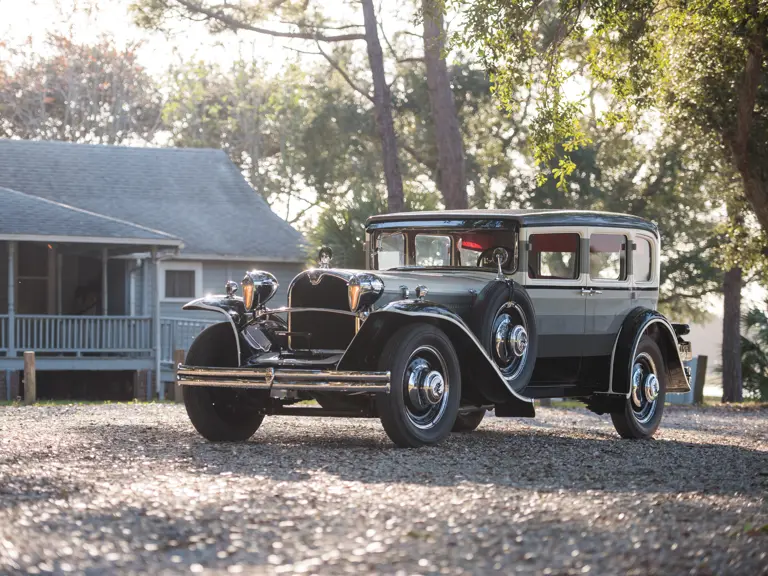
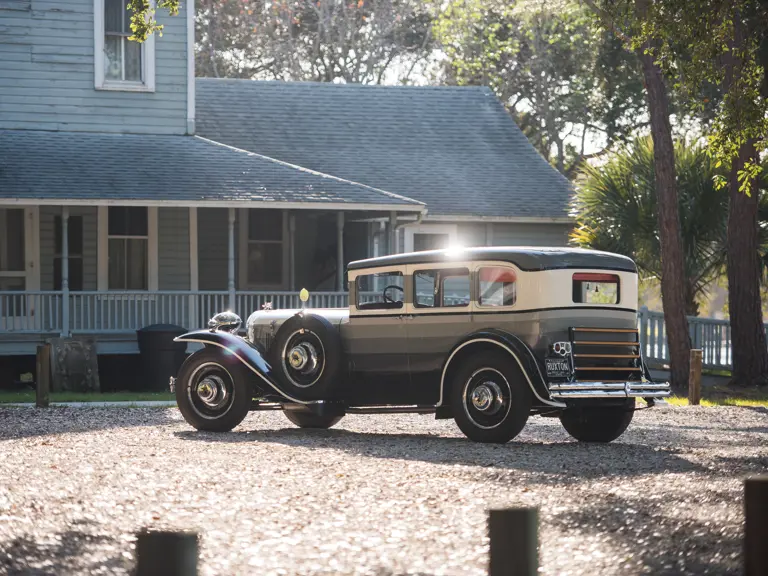
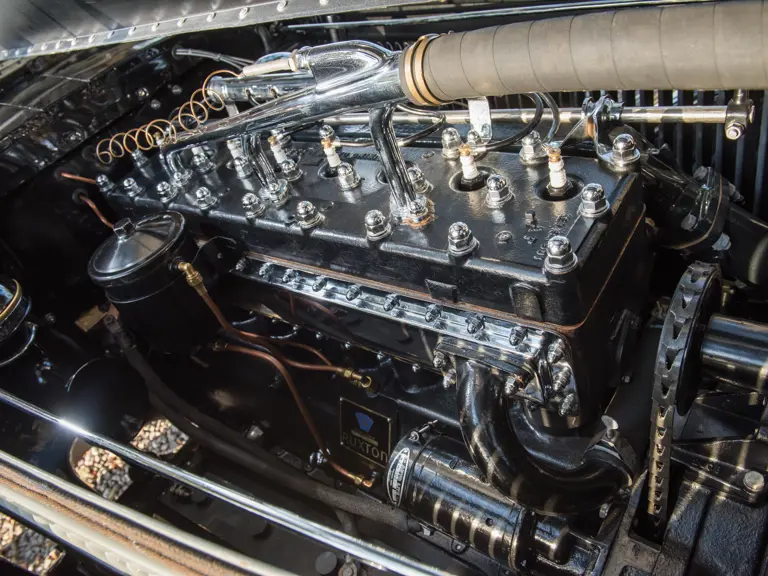
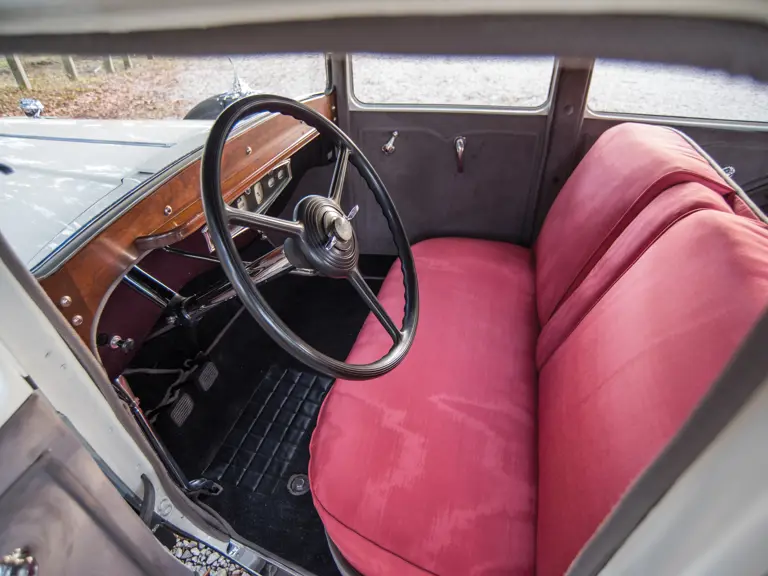
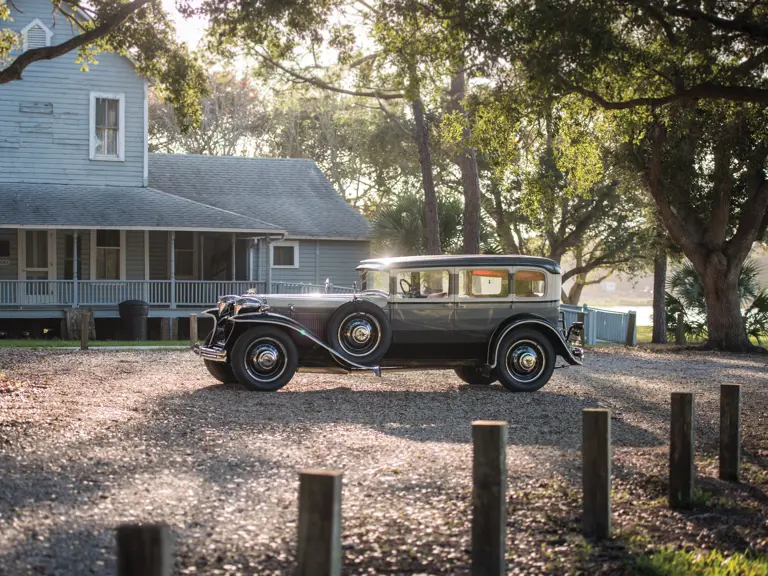
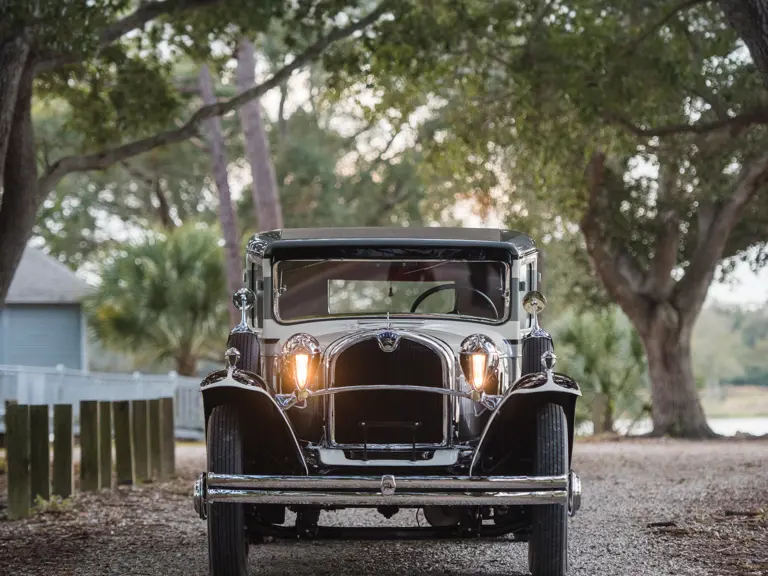
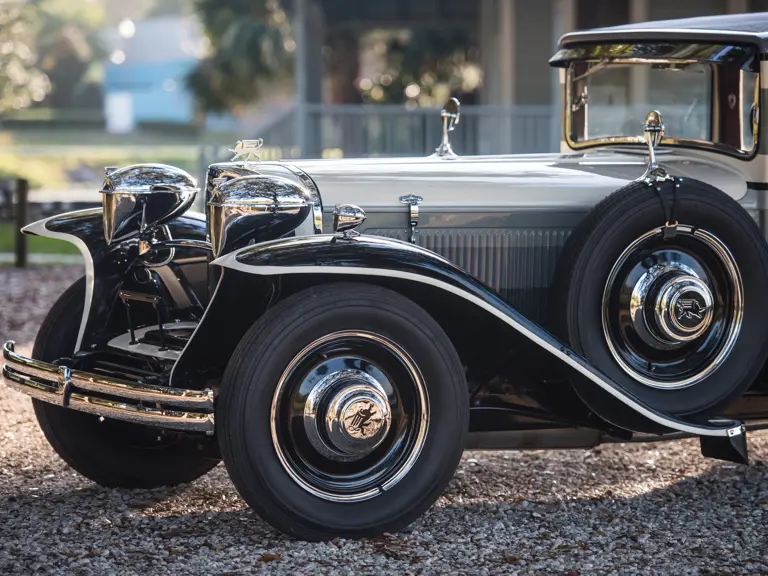
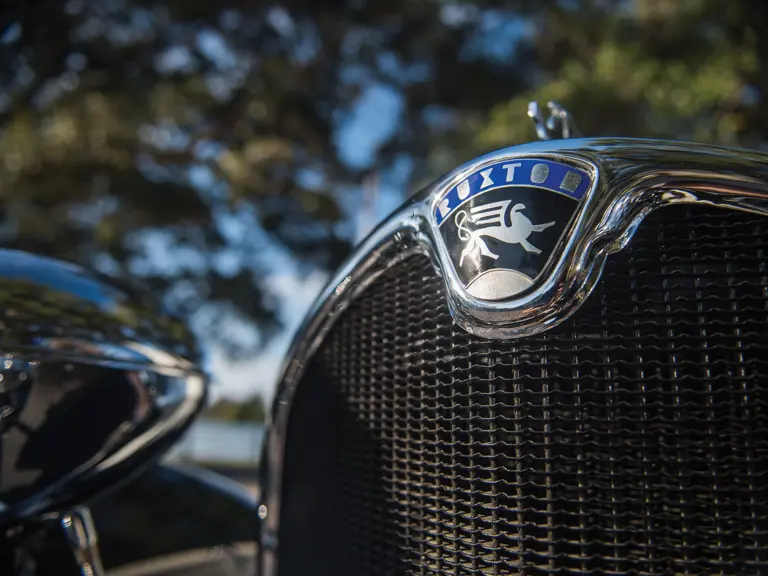

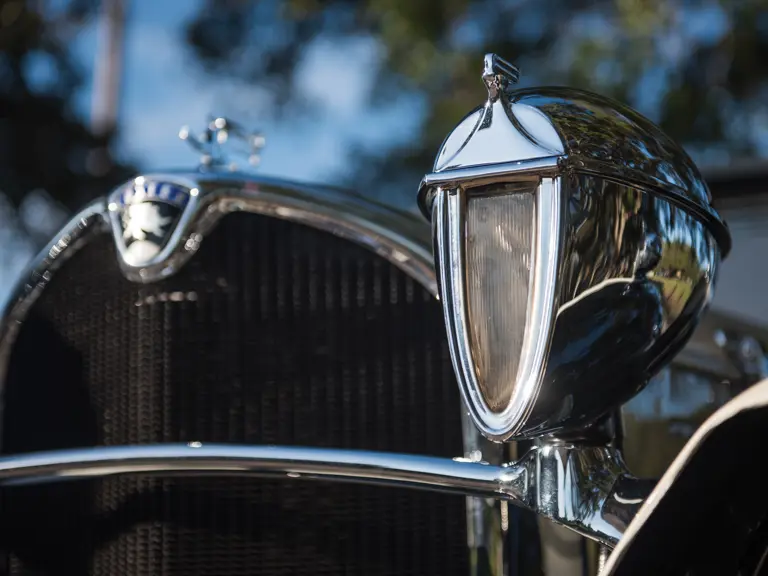
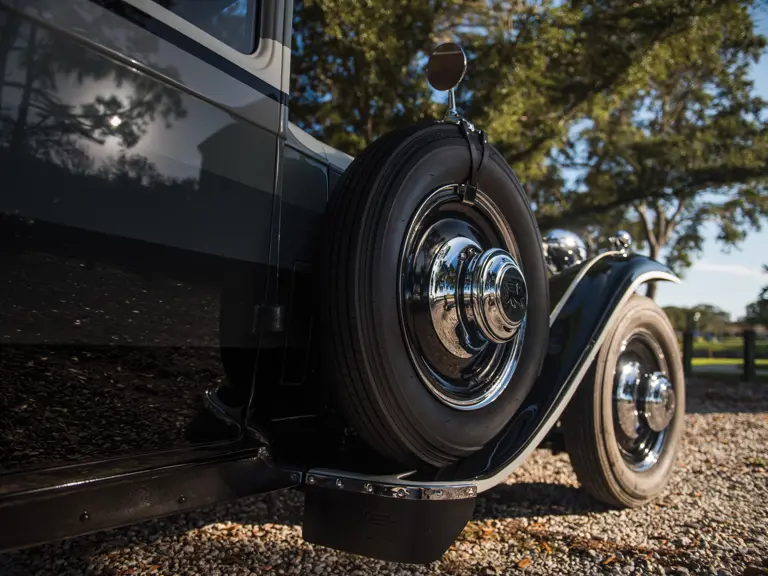


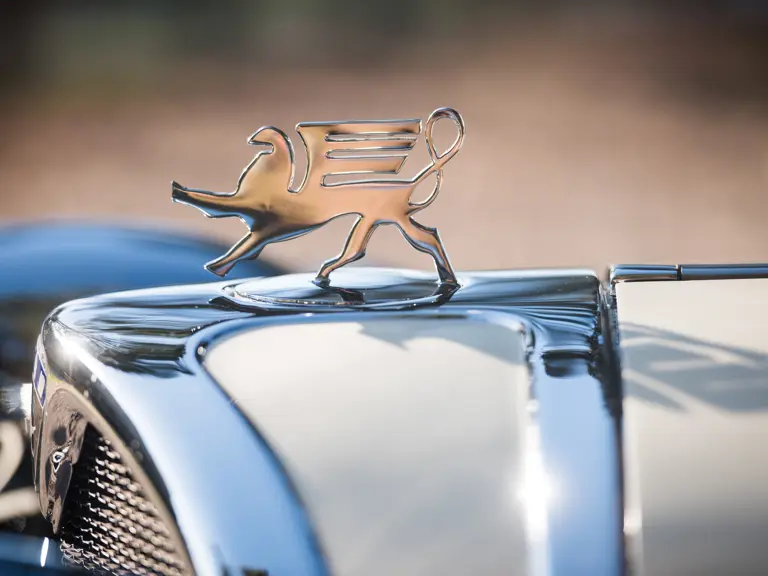
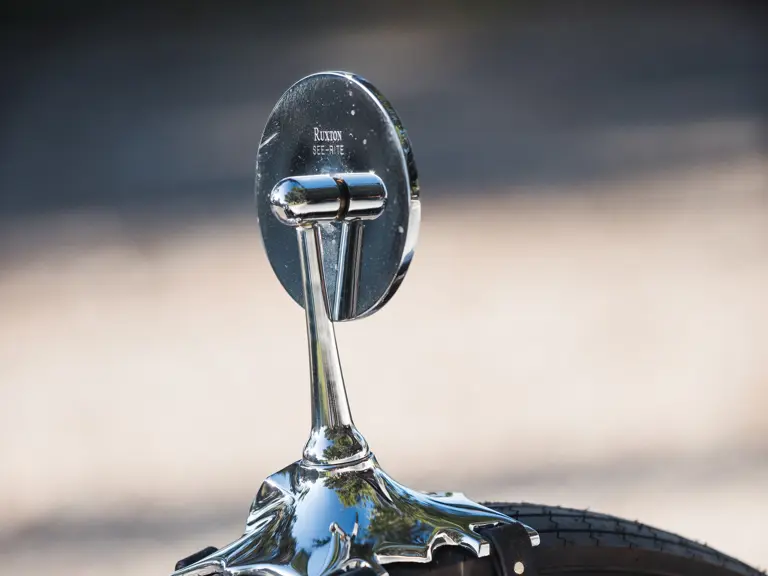
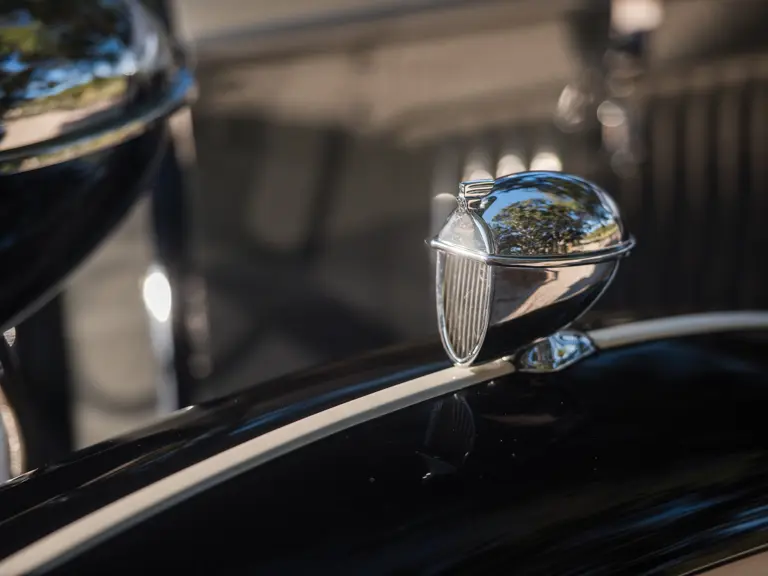
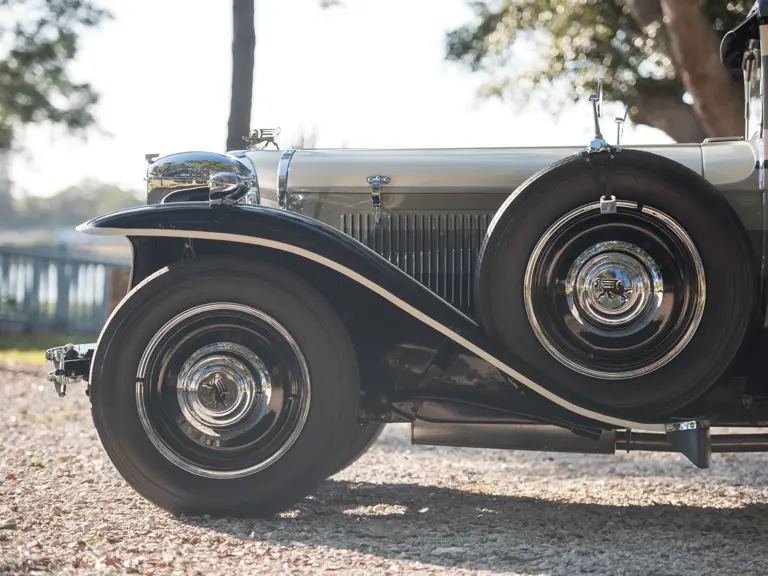
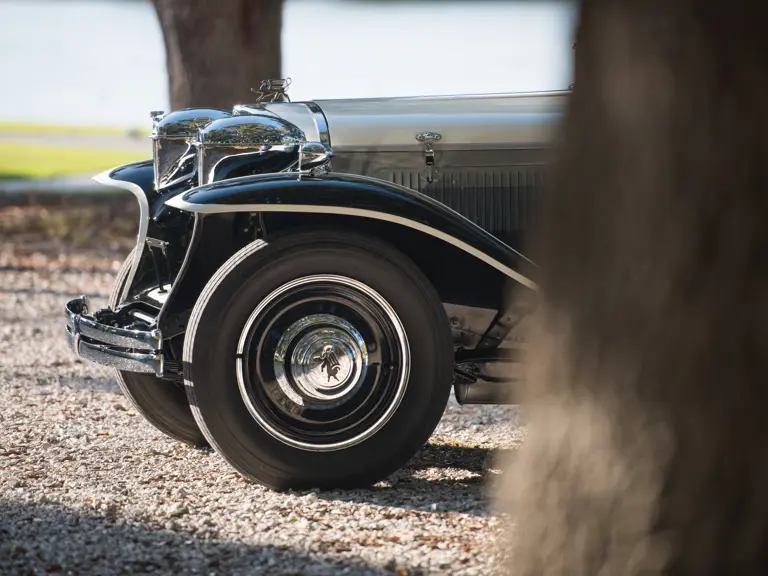

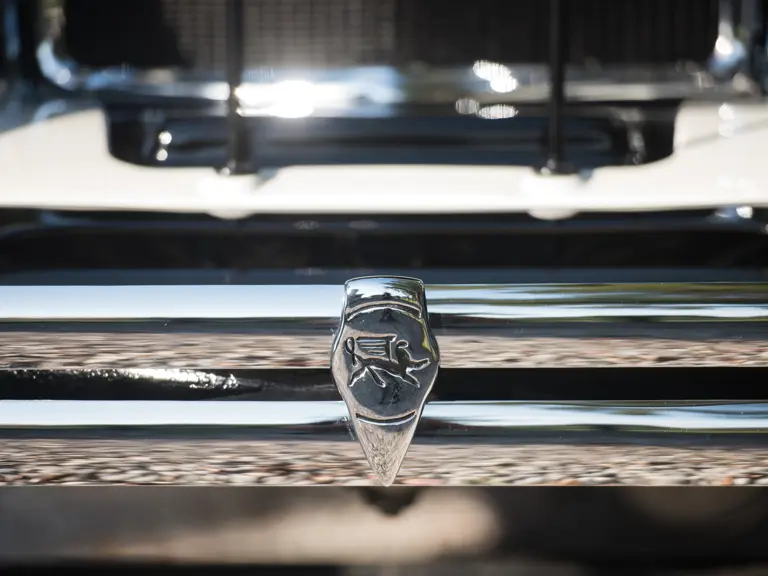
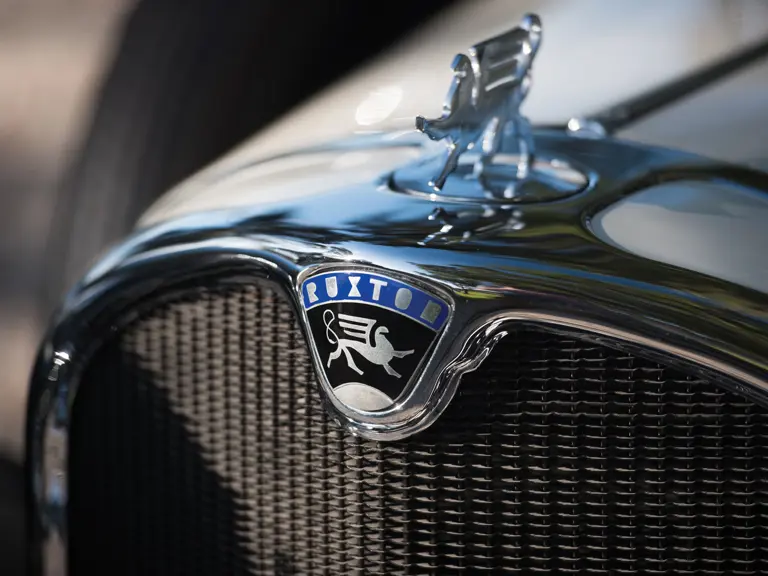
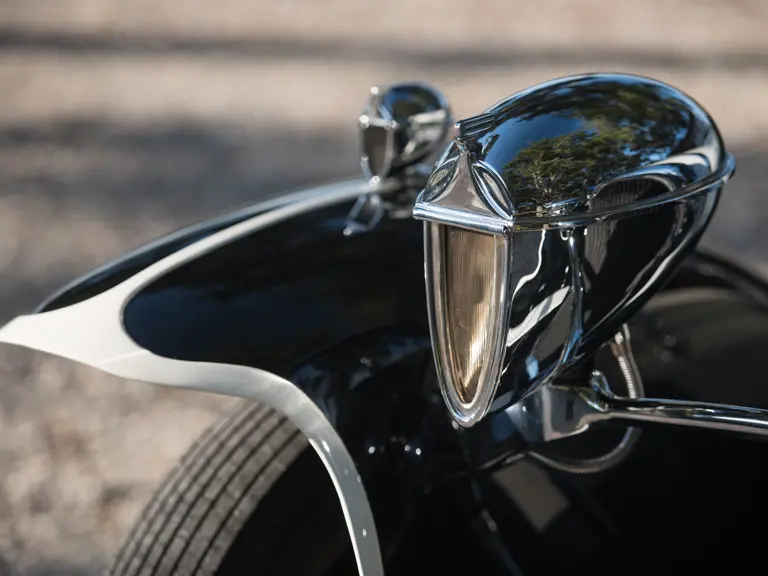


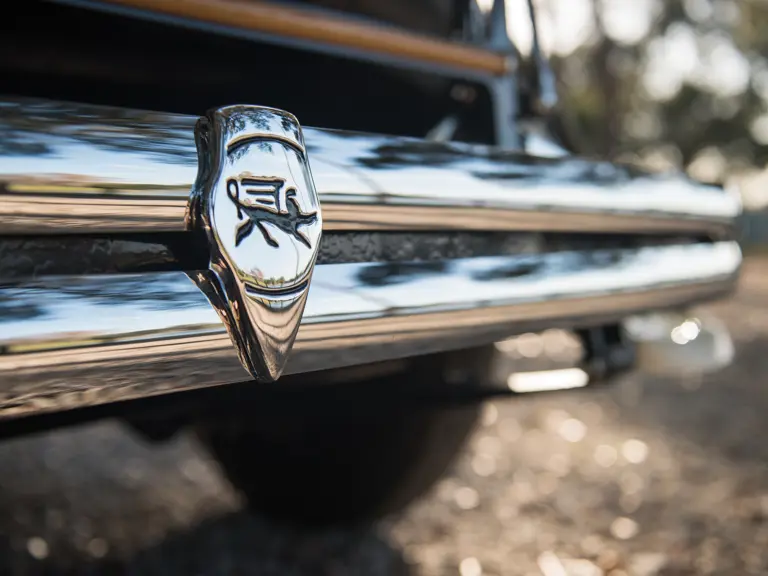


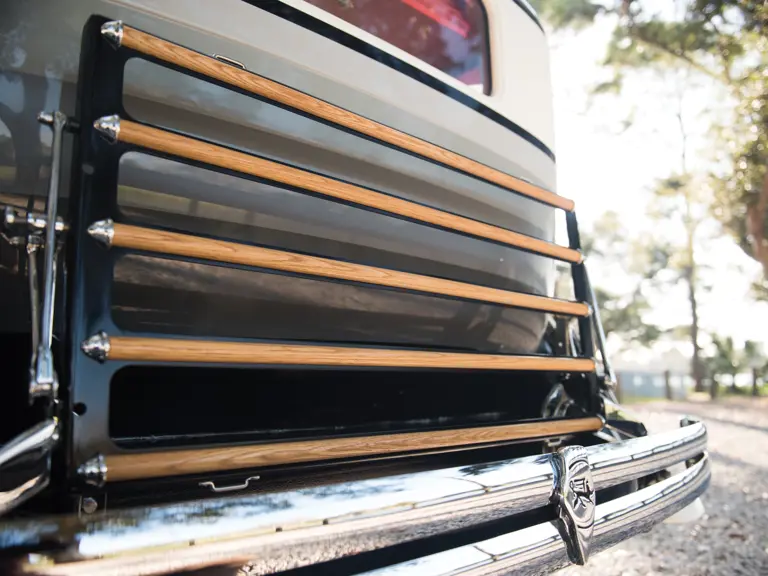
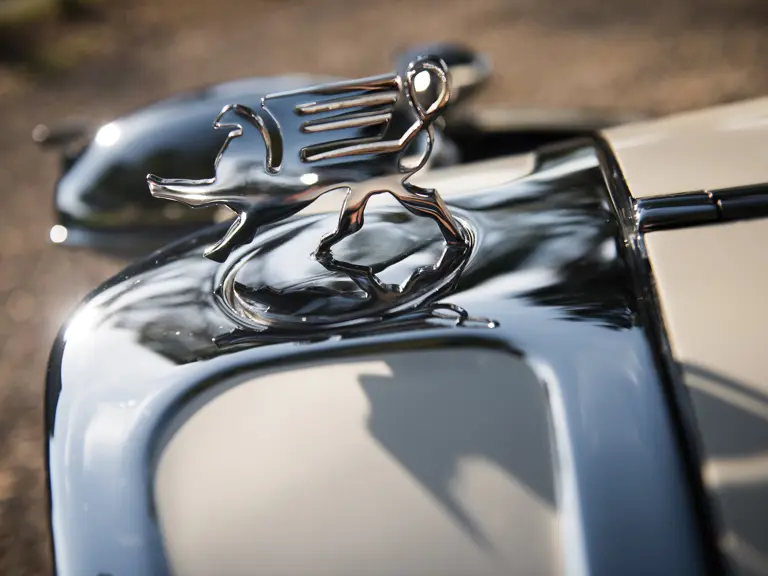


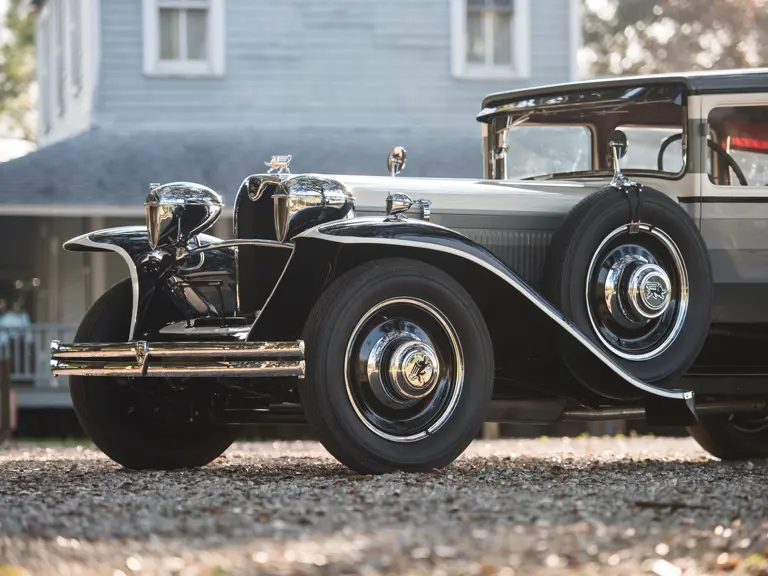
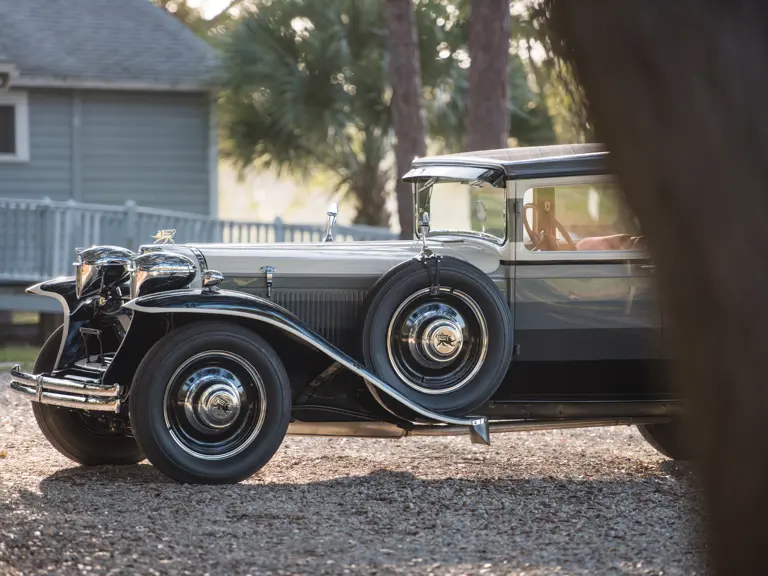
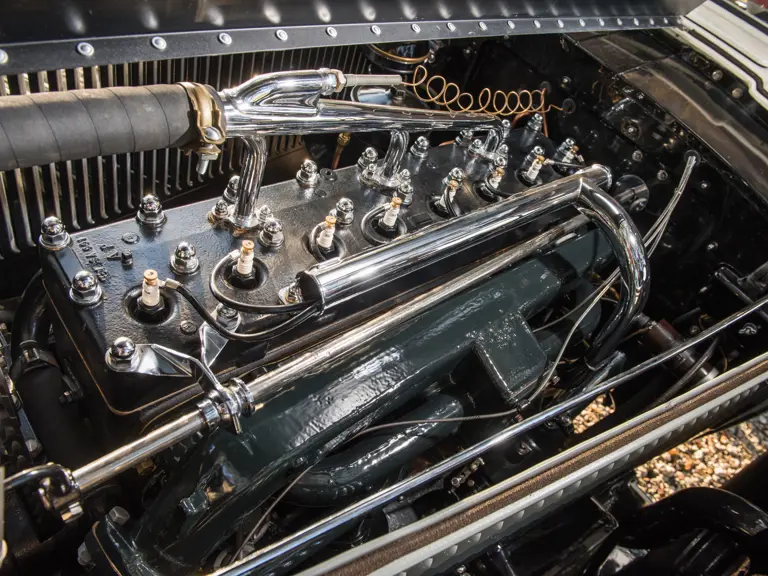
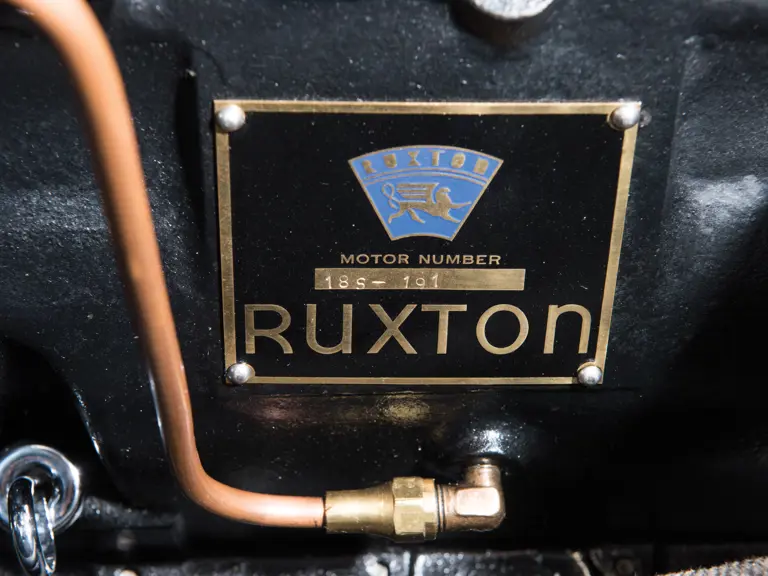
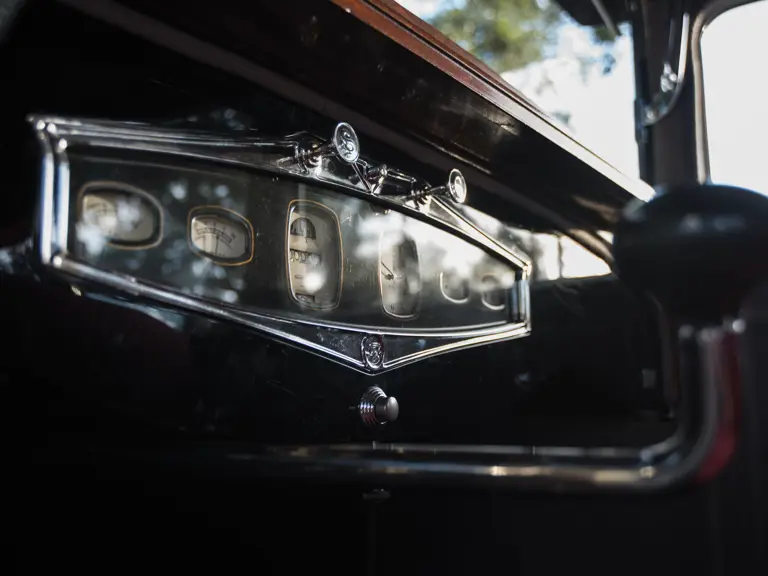
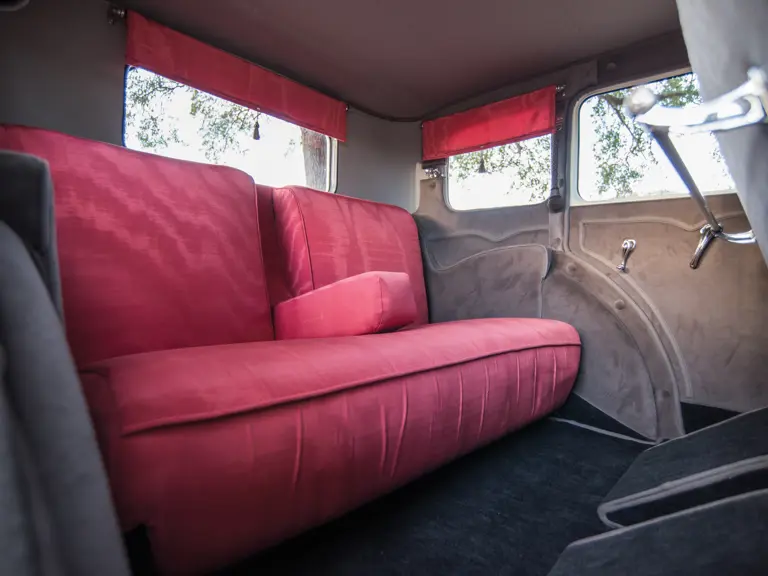
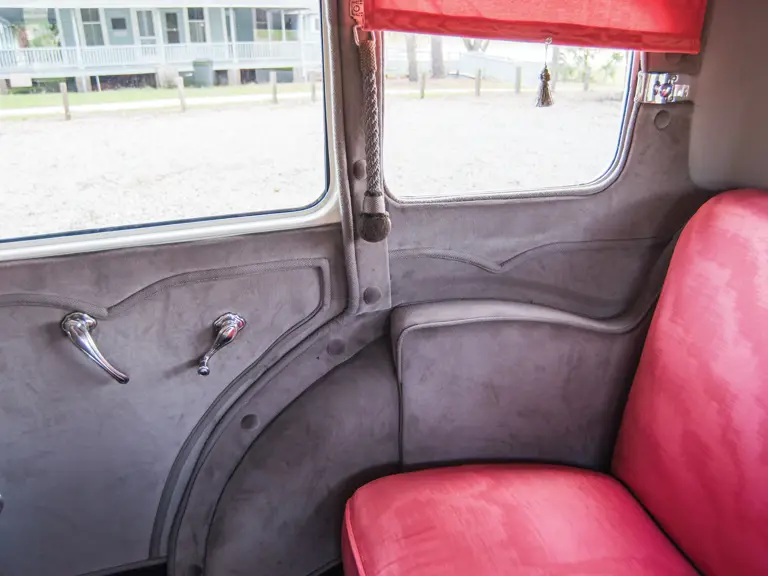
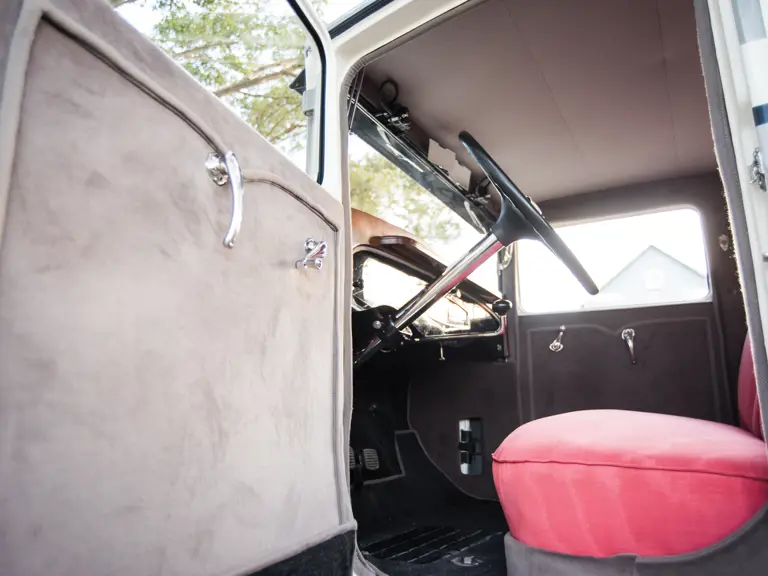
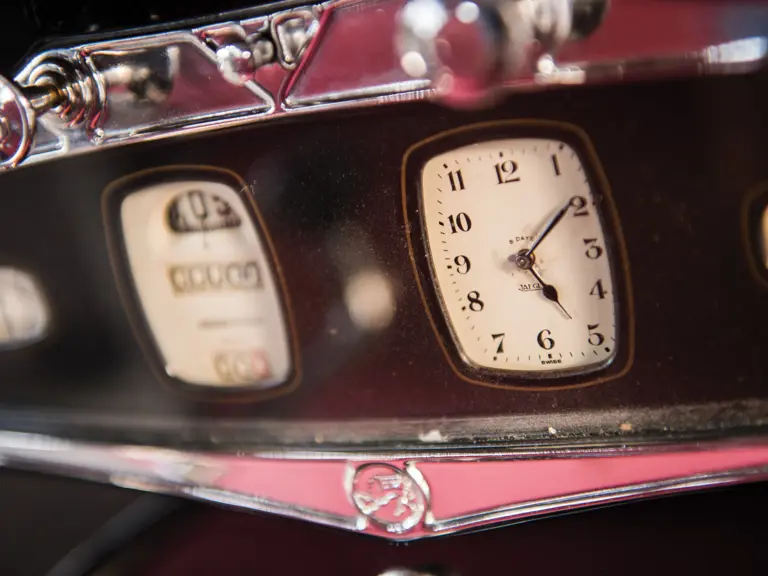

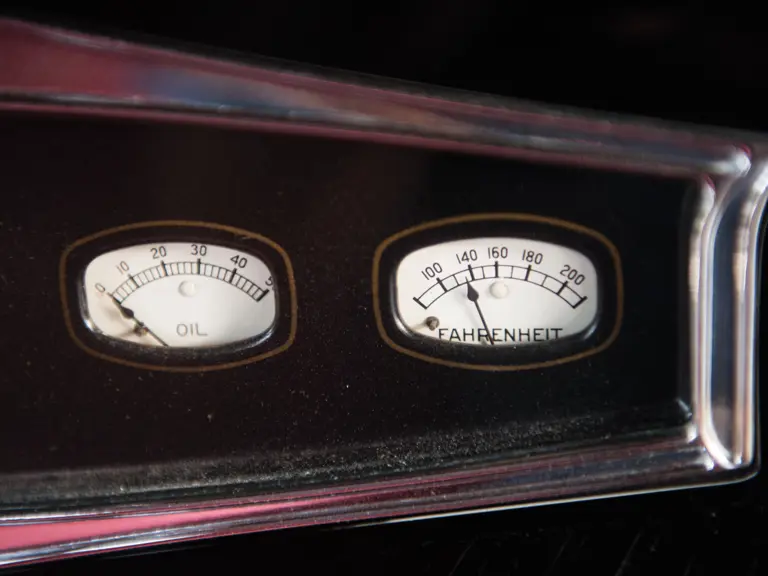
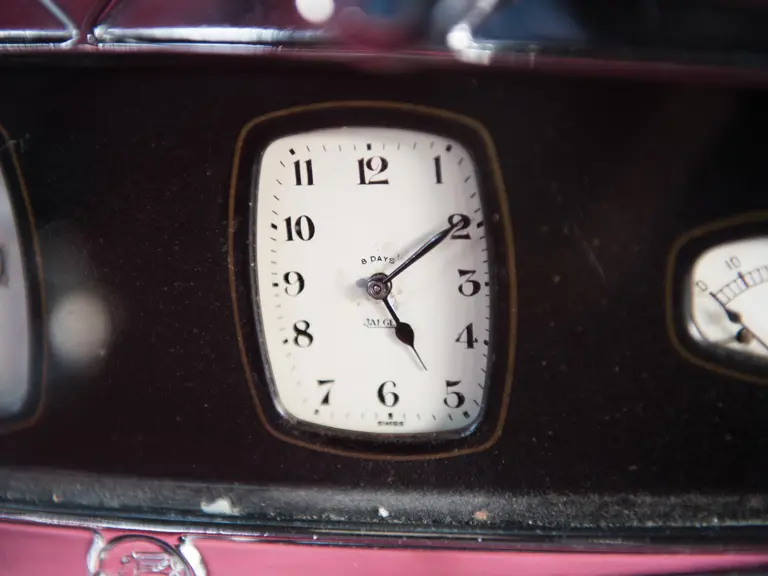
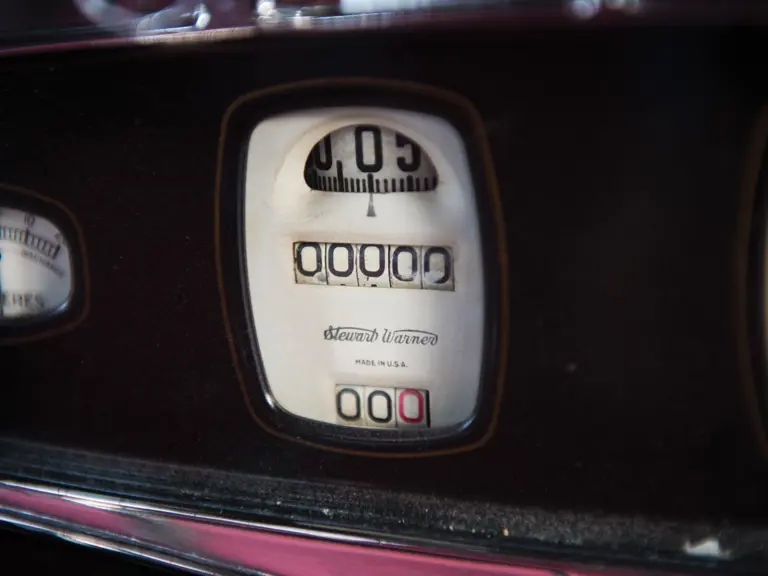
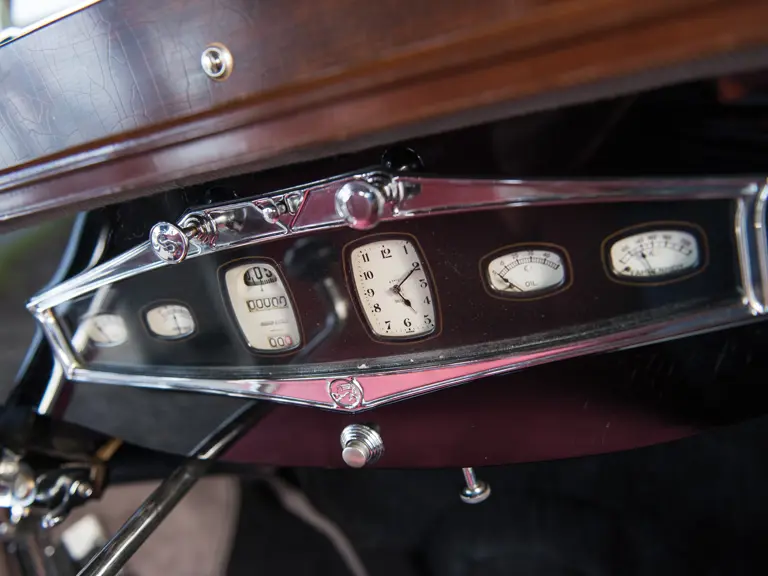

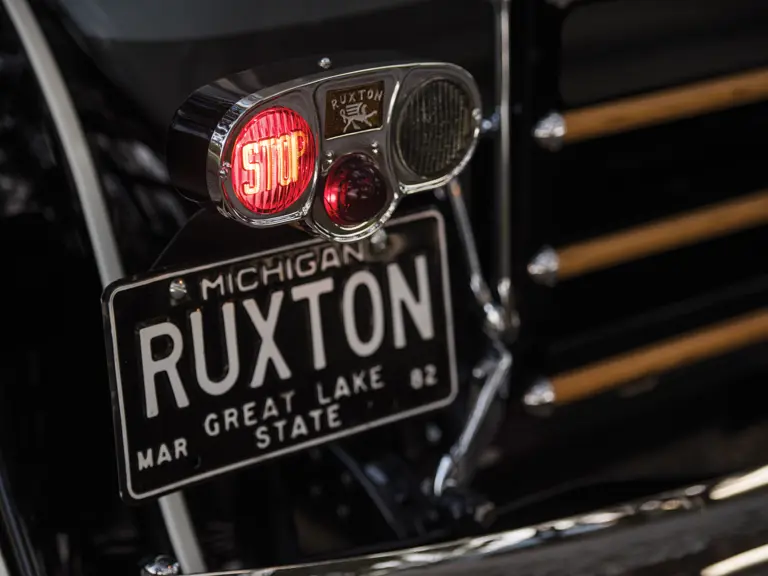
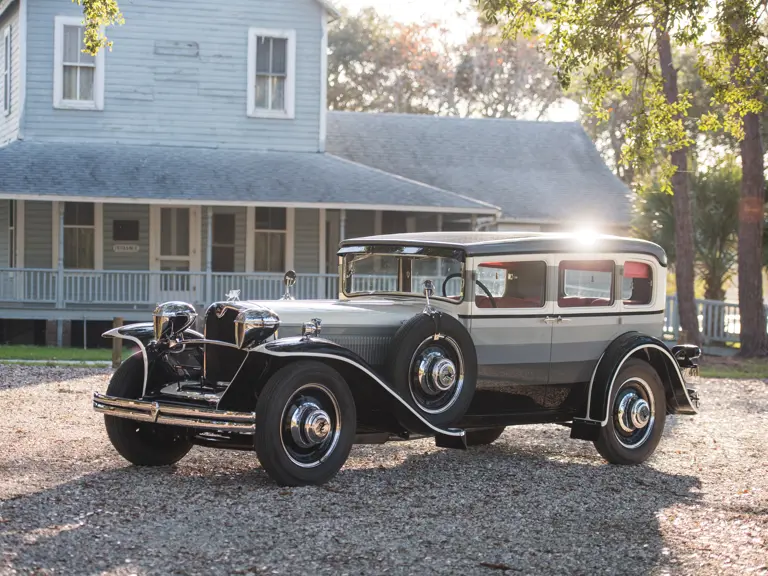
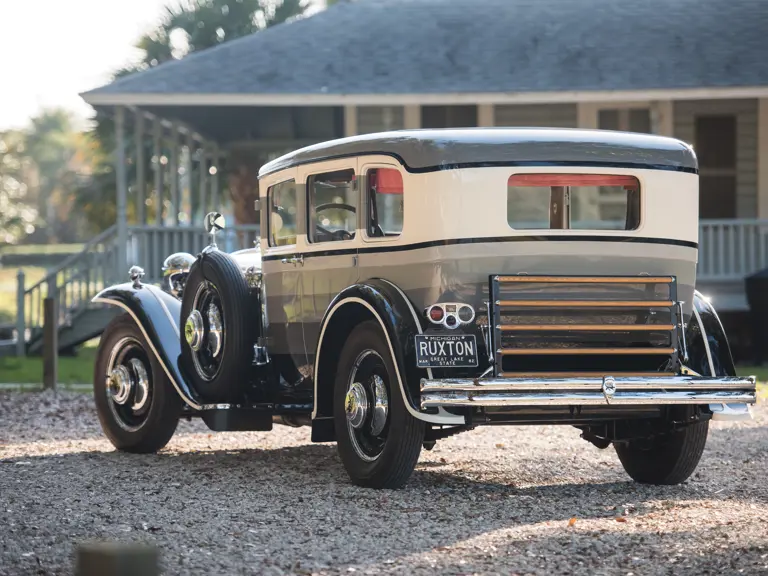
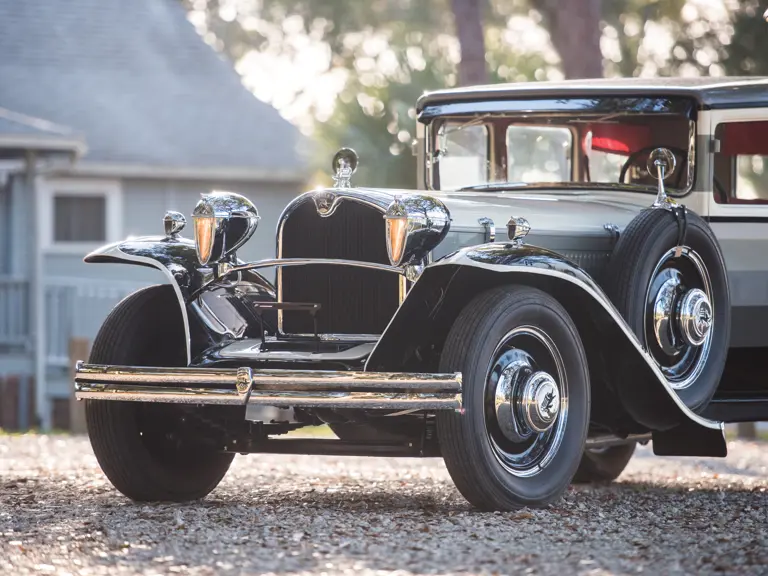
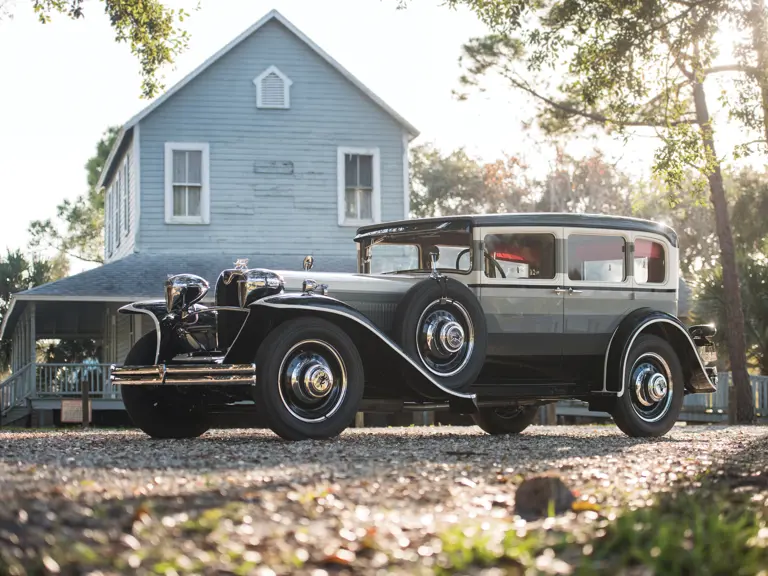
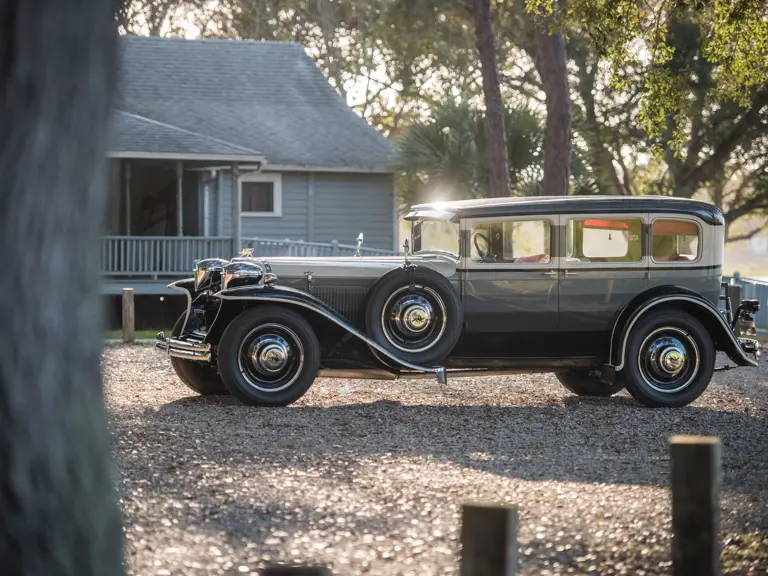
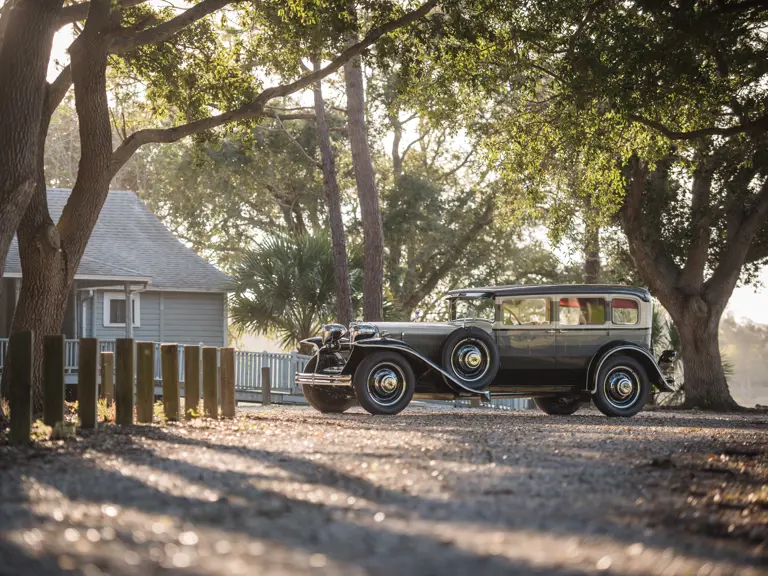
 | Amelia Island, Florida
| Amelia Island, Florida


